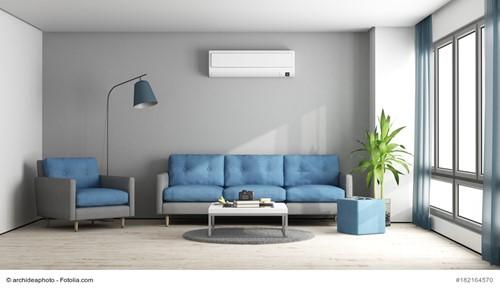 Anyone who’s ever been in an outdated house or hotel room can tell you that the way we decorate can have an effect on our mood. Certain colors, lack of lighting, and cluttered rooms are all things that, whether we realize it or not, can have a negative effect on our mood and productivity.
Anyone who’s ever been in an outdated house or hotel room can tell you that the way we decorate can have an effect on our mood. Certain colors, lack of lighting, and cluttered rooms are all things that, whether we realize it or not, can have a negative effect on our mood and productivity.
These concepts aren’t recent realizations. In ancient China and India, concepts of architecture and decorating have been teaching proper design techniques for thousands of years. Today, these schools of thought are often lumped into the field of environmental psychology.
In today’s post, I’m going to talk about a few design techniques that will help you and your houseguests feel more welcome in your home and create a tone that matches your desires, whether that’s relaxed or energized.
The effects of color
With a quick Google search, you’ll find hundreds of articles discussing the psychological effects of colors. What many fail to mention is the way these effects are based on things like the culture and time period we grow up in.
However, you may find that guests to your home will feel more comfortable in light, neutral- colored rooms than they will in a room that’s painted bold colors.
On a room-by-room basis, there tend to be certain colors that Americans associate with the “right” colors for the occasion.
However, this is often influenced by the architectural style of the house more than an internalized idea about specific colors.
How much is too much?
It’s easy to accumulate home decor and find your walls and surface becoming a little too cluttered. However, bare walls and sparsely decorated rooms can feel a bit too sterile and unlivable. Is there a balance between the two?
Oftentimes the best solution is to follow one simple decorating principle:
Rather than using several small items to decorate a room, choose just a few larger items. This will prevent the room from appearing cluttered but still give it a sense of character.
Taking advantage of the full area of a room
So far, we’ve been talking about how colors and decor can make a room feel more spacious and welcoming. But, even if you have a small room, you can still often achieve this effect.
One solution is to add brighter lighting to the room. Increasing the light makes to room feel more open. And, if possible, natural lighting is the best option, as it can reduce any feelings of claustrophobia.
If better lighting or windows aren’t an option, many homeowners turn to mirrors to make a room feel larger. Larger, wall-hanging mirrors are an excellent way to give the illusion of spaciousness in a small room.
Using the psychology behind these three decorating principles, you’ll be able to make you and your houseguests feel more at ease within your home.
About the Author
